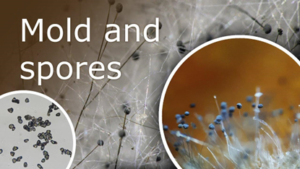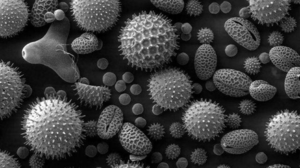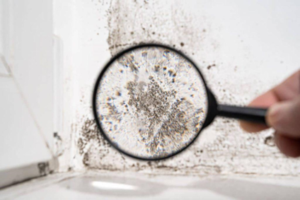The Science of Spores: Understanding Mold Growth and Health Implications

Mold Growth and Spore Formation:
Mold growth typically occurs in damp or humid environments where there is organic material for the mold to feed on. Molds reproduce by releasing spores into the air. These spores can then settle on surfaces and, if conditions are favorable, grow into new mold colonies. Mold spores are highly resilient and can remain viable for extended periods of time, even under adverse conditions.
 Health Implications of Mold Exposure:
Health Implications of Mold Exposure:
Exposure to mold and mold spores can have potential health implications, particularly for individuals who are sensitive or allergic to mold. When mold spores are inhaled, they can trigger respiratory symptoms such as sneezing, coughing, and nasal congestion. In some cases, mold exposure can also exacerbate asthma symptoms or lead to allergic reactions.
In addition to respiratory symptoms, exposure to mold spores can also cause skin irritation, eye irritation, and other allergic reactions. Some molds also produce mycotoxins, which are toxic substances that can be present in mold spores and mold fragments. Mycotoxins have been associated with various health effects, including respiratory, neurological, and immune system effects. However, the link between mycotoxin exposure and health effects is still being researched, and more studies are needed to fully understand the risks.
 Prevention and Remediation of Mold Growth:
Prevention and Remediation of Mold Growth:
Preventing mold growth is key to minimizing health risks associated with mold exposure. Here are some tips for preventing mold growth in indoor environments:
- Keep indoor spaces well-ventilated to reduce humidity levels.
- Fix leaks and water damage promptly to prevent moisture buildup.
- Use dehumidifiers in damp areas.
- Clean up spills and water damage within 24-48 hours to prevent mold growth.
- Avoid carpeting in areas prone to moisture, such as bathrooms and basements.
- Regularly clean and maintain areas where mold may grow, such as bathrooms, kitchens, and basements.
If mold growth is already present, it should be promptly remediated to prevent further spread. Mold remediation may involve removing the moldy materials and addressing the underlying moisture source. It’s important to follow proper safety precautions, such as wearing protective gear, when dealing with mold to avoid exposure to mold spores.
In conclusion, understanding the science of spores is crucial in comprehending mold growth and the health implications associated with mold exposure. Prevention of mold growth and prompt remediation of mold-infested areas are essential in minimizing the risks of mold-related health issues. If you suspect mold growth in your indoor environment, it’s best to seek professional help for proper assessment and remediation.

 Health Implications of Mold Exposure:
Health Implications of Mold Exposure: Prevention and Remediation of Mold Growth:
Prevention and Remediation of Mold Growth: